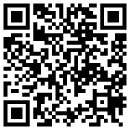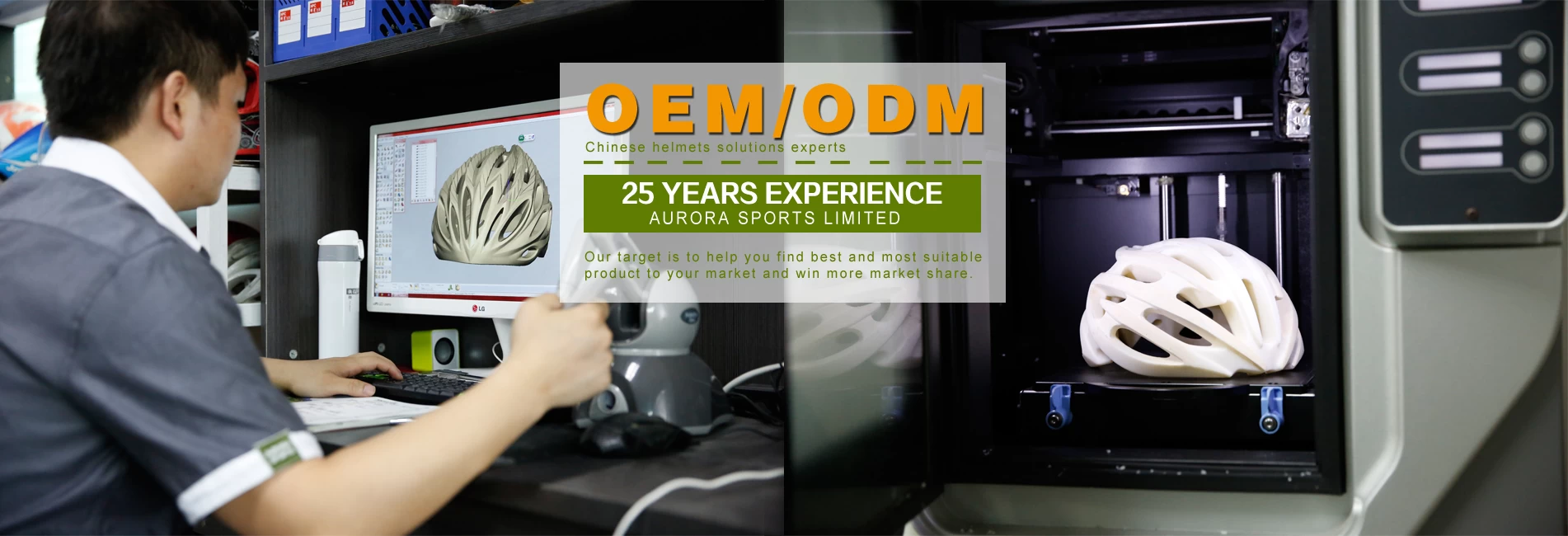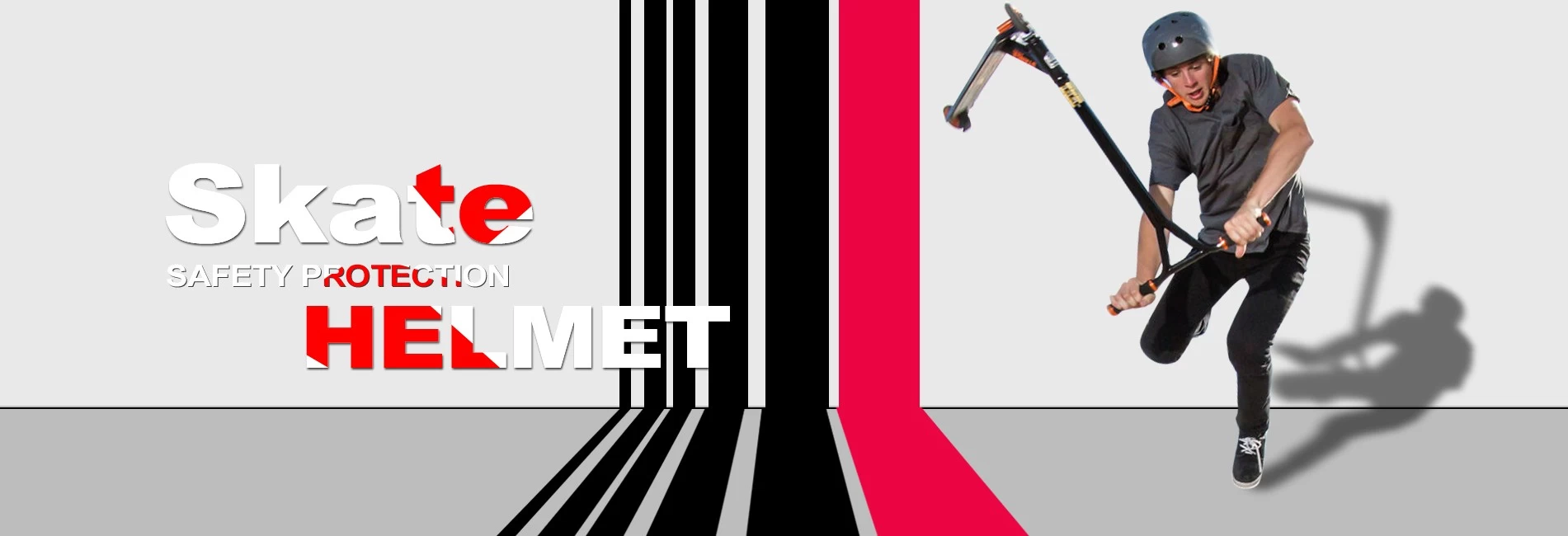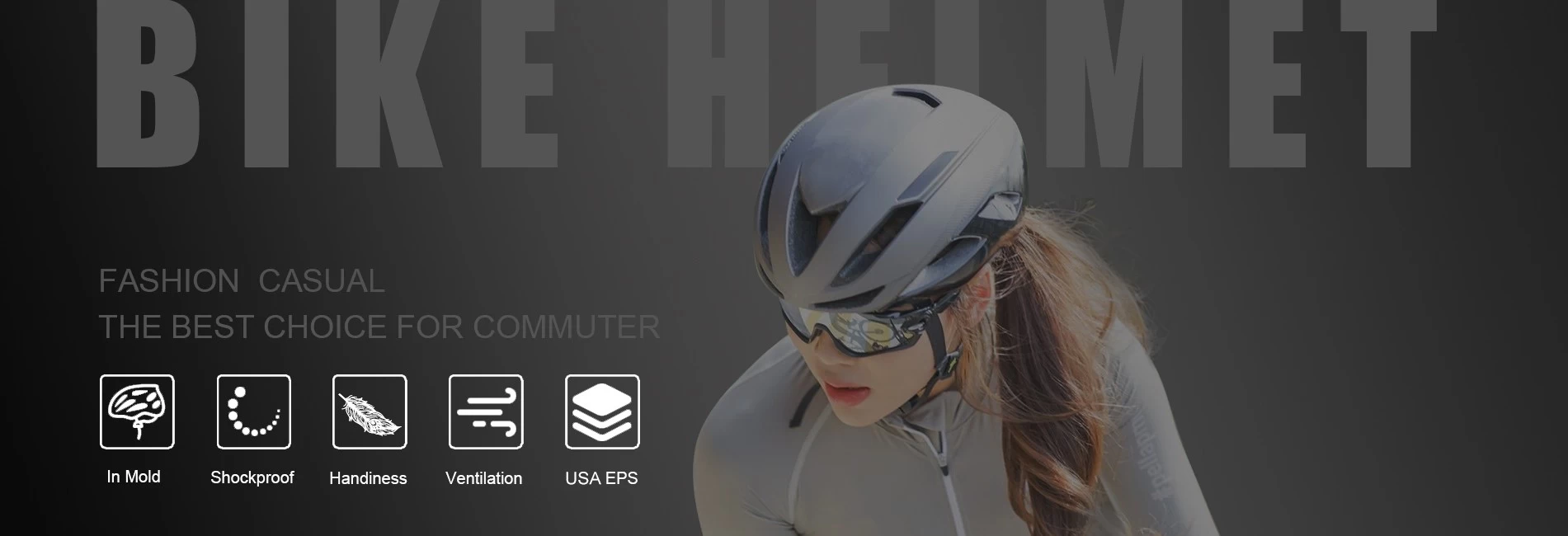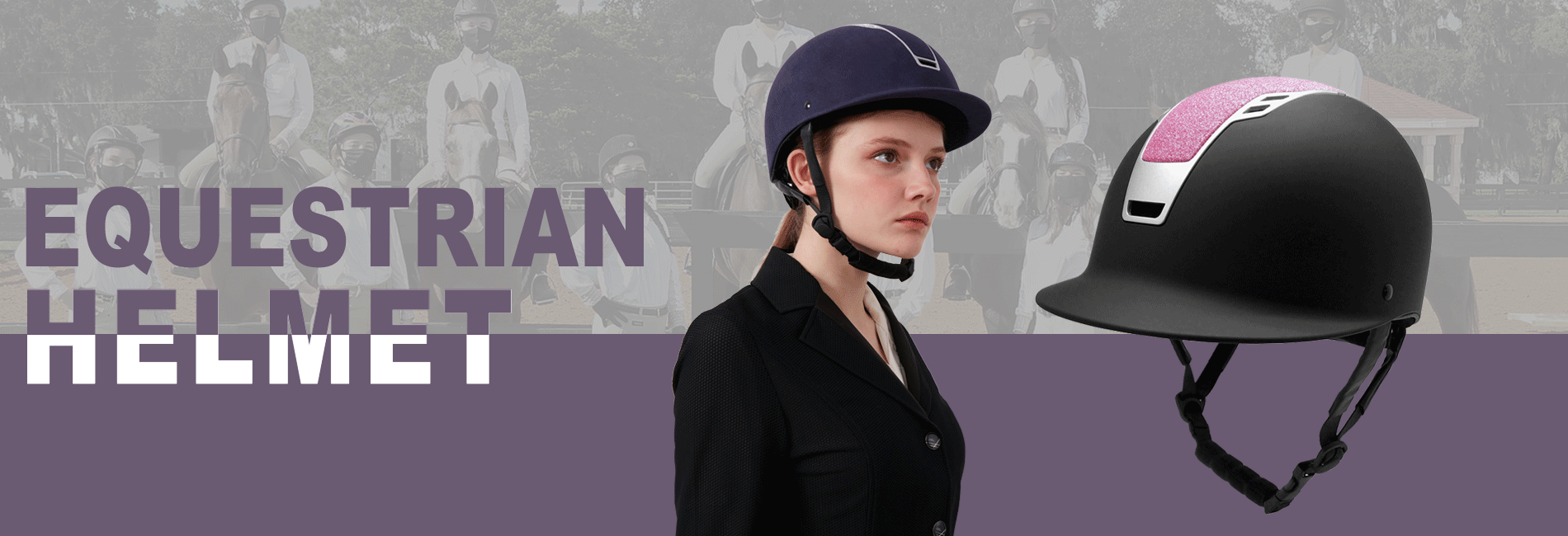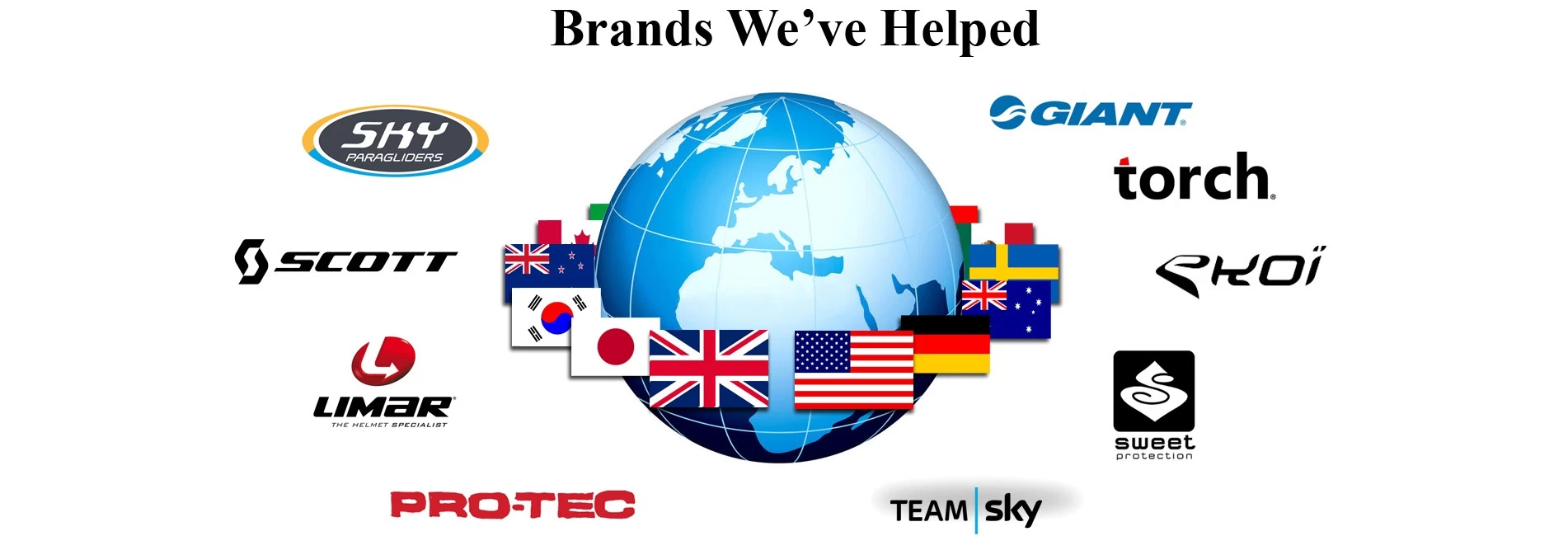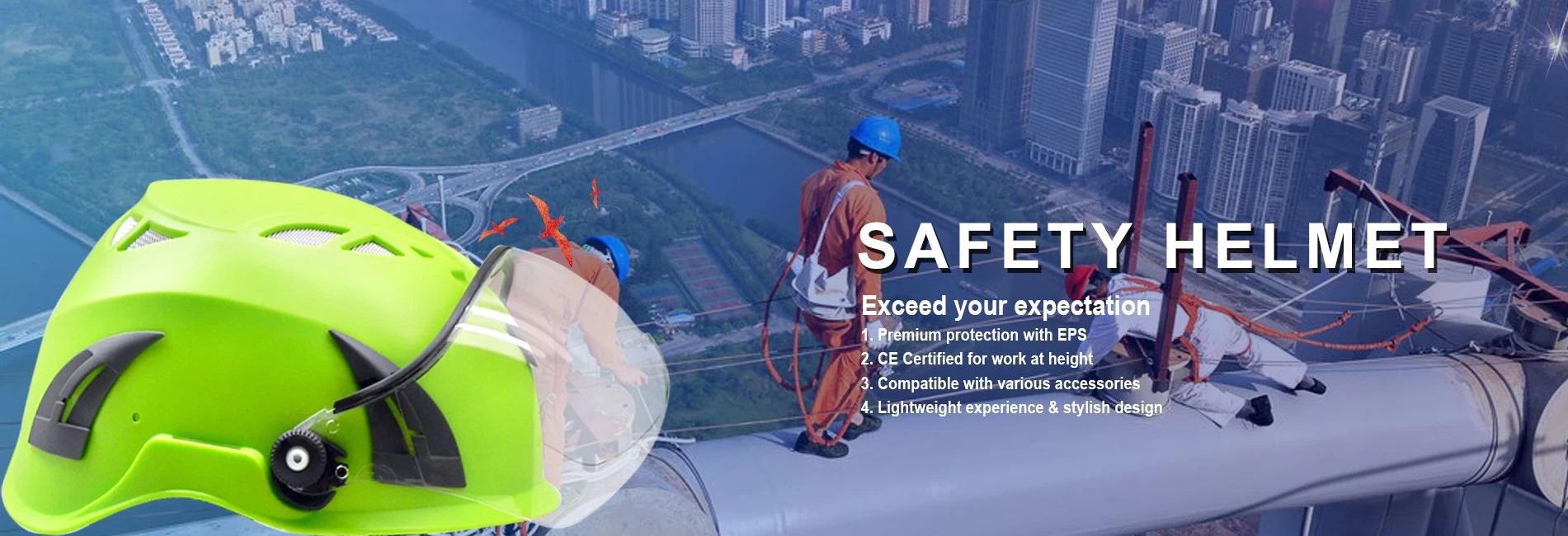The world in horse eyes
aurora
horse helmet supplier
2017-12-13 15:02:57
1. When suddenly approaching a horse, do not think it's already clear who you are
Horse eyes located on both sides of the head, the panoramic view up to 330 ~ 360 degrees, only behind the tail beyond its field of vision. Therefore, the horse can feel something close to it. But the horse eye was flat oval, due to the poor length of the axial length, the object is difficult to form the focus of the retina, see the object can only form a fuzzy image. The horse knows the master, but when it suddenly approaches the horse, it can not tell who you are. Therefore, you need to say hello to the horse in the sound, do not think it has been clearly seen.
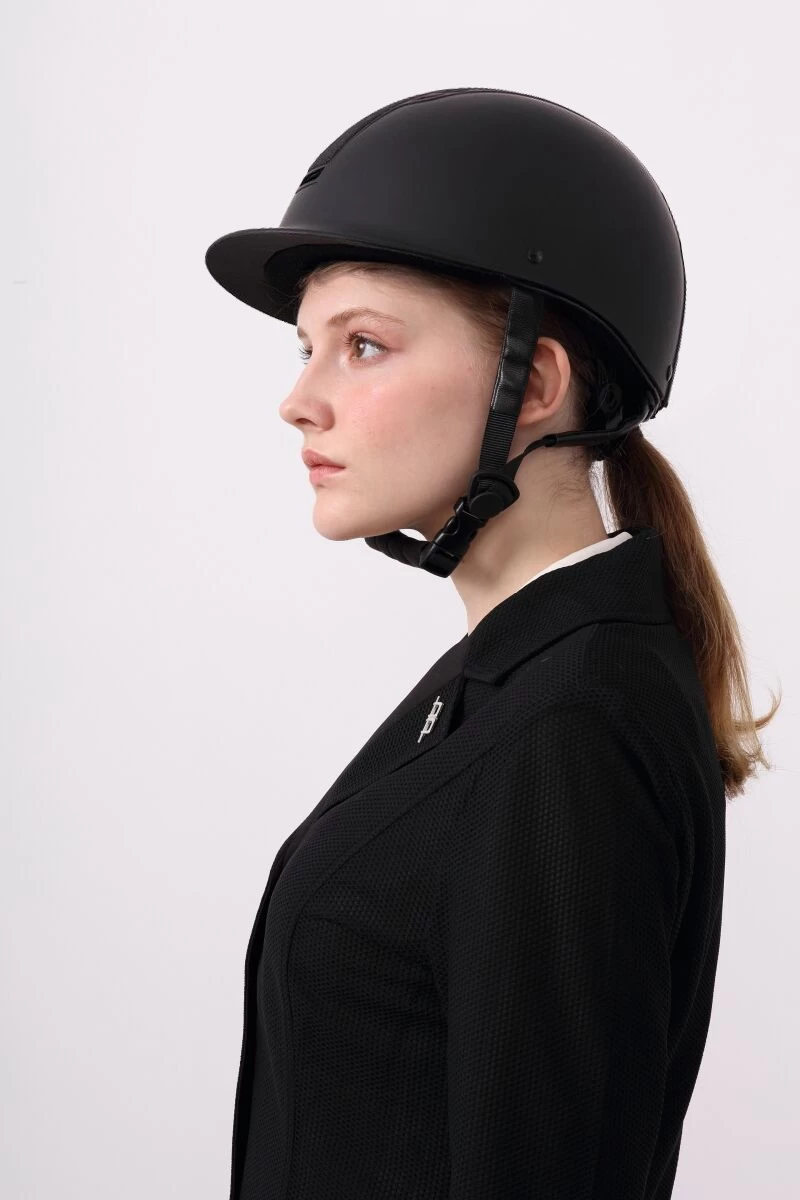
2. The horse is easily frightened because of its poor vision
The horse's visual perception of static objects is not as good as dynamic objects, Of the static animals around, such as snakes, rabbits, etc. often can not find. When these small animals suddenly appear, often causing the horse's sense of fright. Especially the stallion, and sometimes sudden stress behavior, such as small hide, shock group, and sometimes cause personal injury. Horse because of poor vision, and sometimes the formation of a strong sense of terror, resulting in group herd bombing, horse ranchers and horse riding out of control. When the horse is off-site, complex and night time operations, we must continue to use sound to be stable.
3. Visual poor, but also makes the horse a sense of distance is relatively weak
Horse eye located on both sides of the head, the overlapping part of the visual field in the center is very narrow, only about 30 degrees, less than one-third of carnivores. Therefore, what the horse sees is mainly a planar image, lacking of a three-dimensional sense and having a weak ability to judge the distance. Fear of obstacles often occur when jumping in ditches or across obstacles, resulting in fear jumps. Therefore, it takes a long time to adjust across obstacles and should be repeated frequently. The best rider when crossing the barrier is to be tuned to give other appropriate assistance to help it determine the distance. Excellent obstacles horse, in addition to their own quality, the rider timely and accurate instructions is also very important. When the horse is backwards, there is no judgment about the distance, so special attention should be given to hindlimbs when serving and controlling horses.
4. Although the horse poor visual, night vision can be stronger than human beings
Horse retinal outer retinal layer has a layer of film, can be transmitted through the retina of excess light and then return to the retinal receptors, so the amount of optic nerve experience can be greater than twice the original light. In low light conditions, due to the reflection of the film, the sharpness of the object is significantly improved. Therefore, the horse clearly distinguishes the night road and night-time animals at night. Riding a horse at night when the horse often hit "ringing the nose," said it first discovered the animals or foreign objects at night, with "ringing nose" pre-warning.
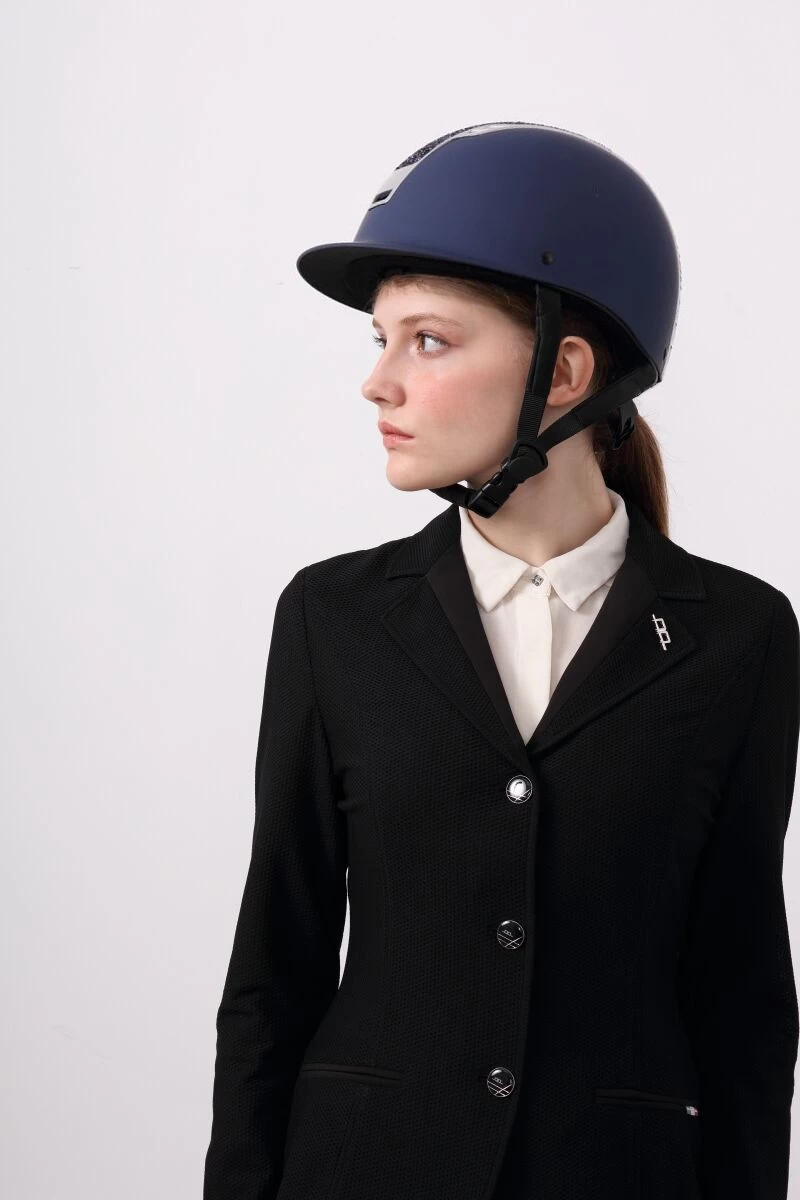
5. Light color and intensity, the horse is able to feel
Strong light on the horse is a kind of adversity stimulation, often causing horse unease Therefore, the transport process do not have strong light horse red light stimulation strong reaction, training, in service should pay attention to red objects to prevent the horse panic; the horse has a certain coat color The likes and dislikes, similar to the color often gather together. Common color pairs also have conditioned reflexes, as reflected by the appearance of veterinarians or collectors dressed in white.
In short, horse visual experience is not very developed, far less sense of smell and hearing. In the course of approaching and adjusting horses, we should notice that the horse should be informed by sound and can not approach the hindquarters in a hurry to prevent any danger from happening. Especially when crouching, the horse often can not recognize the person's image and kicks and bites.
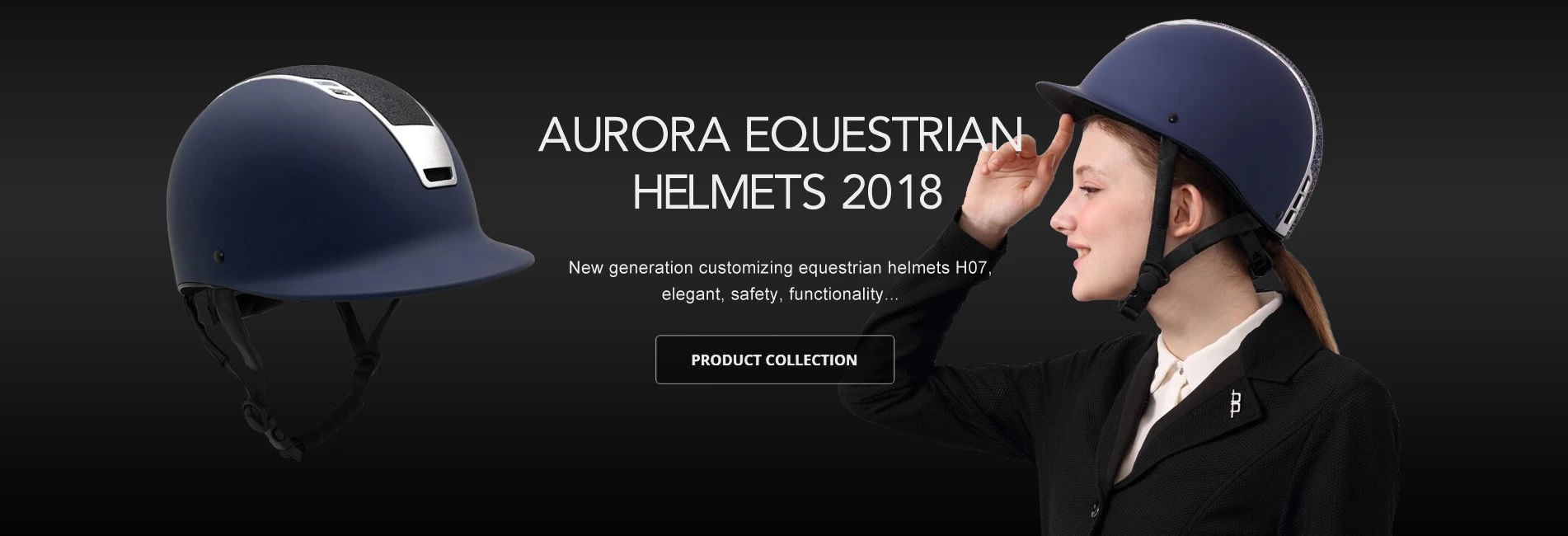
When riding, be sure to bring a helmet to protect the safety of riding. Want to find a favorite equestrian helmet? Aurora helmet factory, specializing in the production of a variety of riding helmets, Tel: + 86-755-23048882, there must be you like!
Horse eyes located on both sides of the head, the panoramic view up to 330 ~ 360 degrees, only behind the tail beyond its field of vision. Therefore, the horse can feel something close to it. But the horse eye was flat oval, due to the poor length of the axial length, the object is difficult to form the focus of the retina, see the object can only form a fuzzy image. The horse knows the master, but when it suddenly approaches the horse, it can not tell who you are. Therefore, you need to say hello to the horse in the sound, do not think it has been clearly seen.

2. The horse is easily frightened because of its poor vision
The horse's visual perception of static objects is not as good as dynamic objects, Of the static animals around, such as snakes, rabbits, etc. often can not find. When these small animals suddenly appear, often causing the horse's sense of fright. Especially the stallion, and sometimes sudden stress behavior, such as small hide, shock group, and sometimes cause personal injury. Horse because of poor vision, and sometimes the formation of a strong sense of terror, resulting in group herd bombing, horse ranchers and horse riding out of control. When the horse is off-site, complex and night time operations, we must continue to use sound to be stable.
3. Visual poor, but also makes the horse a sense of distance is relatively weak
Horse eye located on both sides of the head, the overlapping part of the visual field in the center is very narrow, only about 30 degrees, less than one-third of carnivores. Therefore, what the horse sees is mainly a planar image, lacking of a three-dimensional sense and having a weak ability to judge the distance. Fear of obstacles often occur when jumping in ditches or across obstacles, resulting in fear jumps. Therefore, it takes a long time to adjust across obstacles and should be repeated frequently. The best rider when crossing the barrier is to be tuned to give other appropriate assistance to help it determine the distance. Excellent obstacles horse, in addition to their own quality, the rider timely and accurate instructions is also very important. When the horse is backwards, there is no judgment about the distance, so special attention should be given to hindlimbs when serving and controlling horses.
4. Although the horse poor visual, night vision can be stronger than human beings
Horse retinal outer retinal layer has a layer of film, can be transmitted through the retina of excess light and then return to the retinal receptors, so the amount of optic nerve experience can be greater than twice the original light. In low light conditions, due to the reflection of the film, the sharpness of the object is significantly improved. Therefore, the horse clearly distinguishes the night road and night-time animals at night. Riding a horse at night when the horse often hit "ringing the nose," said it first discovered the animals or foreign objects at night, with "ringing nose" pre-warning.

5. Light color and intensity, the horse is able to feel
Strong light on the horse is a kind of adversity stimulation, often causing horse unease Therefore, the transport process do not have strong light horse red light stimulation strong reaction, training, in service should pay attention to red objects to prevent the horse panic; the horse has a certain coat color The likes and dislikes, similar to the color often gather together. Common color pairs also have conditioned reflexes, as reflected by the appearance of veterinarians or collectors dressed in white.
In short, horse visual experience is not very developed, far less sense of smell and hearing. In the course of approaching and adjusting horses, we should notice that the horse should be informed by sound and can not approach the hindquarters in a hurry to prevent any danger from happening. Especially when crouching, the horse often can not recognize the person's image and kicks and bites.

When riding, be sure to bring a helmet to protect the safety of riding. Want to find a favorite equestrian helmet? Aurora helmet factory, specializing in the production of a variety of riding helmets, Tel: + 86-755-23048882, there must be you like!

